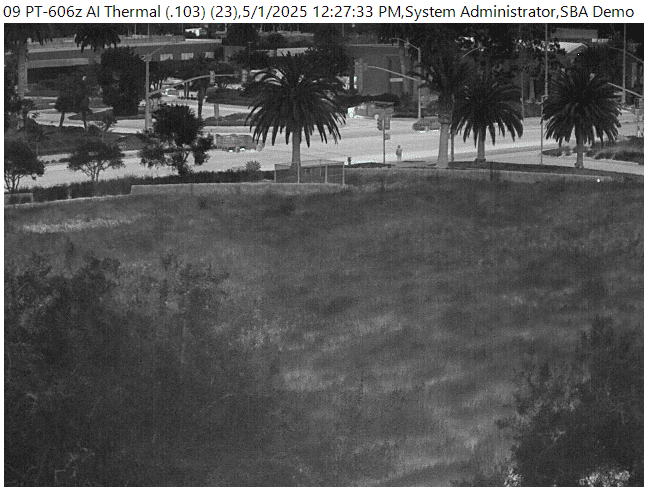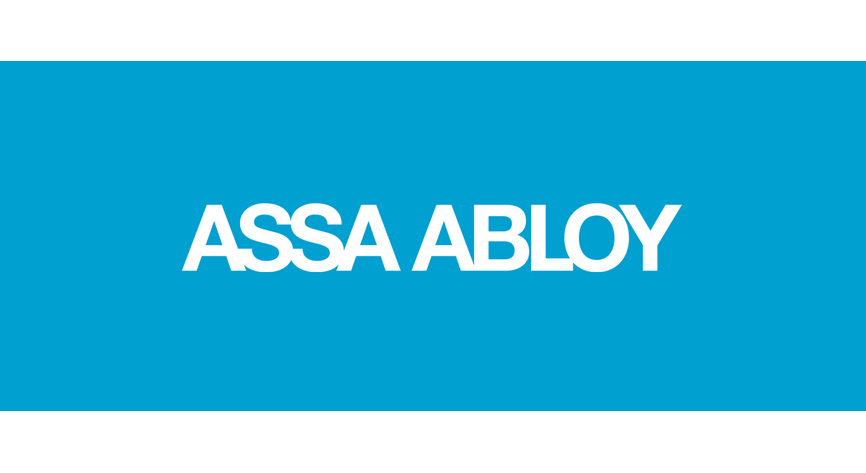Fire door safety can often be a minefield. Knowing the many different standards and regulations that affect the use of fire doors, which can often be complex and sometimes contradictory, can be tough.
To name a few, there is the ‘Regulatory Reform Fire Safety Order’ (RRFSO) that details the responsibilities of the so-called ‘responsible person’ for fire risk assessment. There’s also Regulation 38 of the Building Regulations, which links the Building Regulations to RRFSO to ensure that adequate fire safety provisions are incorporated into buildings when constructed.
‘Approved Document B’ of the Building Regulations specifically covers fire safety guidance for buildings in which fire doors play a unique role, and is designed to ensure that fire safety and performance requirements are met.
With so many regulations, it is easy to see why tenants, and even those in the actual supply chain of fire doors, can become confused.
In fact, according to Atomik Research’s survey of 1,000 tenants living in flats in 2016, only 35 per cent of the lowest income households renting say they have been given information on the emergency fire plan. At the same time, more than 58 percent of tenants have no idea who the responsible person is in their buildings. And, that’s likely why 15 per cent of tenants who have had fire safety concerns have never reported them to anyone.
Exactly who is responsibe for ensuring the fire doors in a building function correctly to guarantee the safety of our buildings and its occupants? The answer stems all the way from the architects of the building, right through to the owners, building control, fire departments and facilities managers.
Architects and Specifiers
Architects and specifiers aren’t usually directly responsible for the final say on fire door safety; however, they are in control of a building’s design. As such, they have an associated responsibility of making sure a building is designed with fire safety in mind.
Architects should be encouraging the use of third-party accredited fire doors and ironmongery, as well as considering specifying specific doorsets.
Developers and Contractors
For developers and contractors, they arguably have the hardest task within the supply chain of building management. They are often tasked with delivering the visions of architects and specifiers, but also managing these projects on tight budgets for stakeholders.
Add to that the fact that they have to deliver projects that meet various standards and legislation, and you can start to see why this group comes under scrutiny often.
To ensure building projects are managed within budget and are safe and secure, always use third party accredited and certified products from regulated maufacturers.
Manufacturers will be able to determine which solutions are viable from a finance perspective. They will also know the specifics about hardware you are intending to use, and where you can, or cannot, specify them in your buildings.
Even if budgets are tight, our advice is to go for quality products. Quality products may cost more from the outset, but will outlast cheaper alternatives and pay back the costs over longer periods of time through less maintenance.
Many will also come with warranties or guarantees too. Crucially, quality fire door hardware has been tested to perform in a fire, and should, therefore, better protect the buildings.
Builders Merchants / Retailers
Again, builders merchants, like architects and specifiers, don’t generally have direct responsibility on fire door safety.
However, they do have the power to influence those in the procurement chain to ensure they only purchase certified products. For instance, this could be by simply only stocking accredited products.
Builders merchants should also be actively advising their clients and customers about the hardware they should be using on fire doors, and what to be aware of regarding that hardware.
Buyers should look for merchants who have the British Woodworking Federation’s (BWF) “Approved Fire Door Centre” status. This is only credited if staff are trained to understand fire doors, building components and relevant regulations. Also, these centres commit to stocking the correct ranges of components to the doors they supply.
Door Installers, Fitters and Locksmiths
For installers of fire doors, fire door hardware is rapidly becoming integrated and electronic. Responsibilities are also becoming more complex and requiring more skills.
Other responsibilities of this group in the supply chain include buying the correct compatible components as recommended by the door supplier, and checking the labels and fitting instructions that came with the door.
When choosing door fitters and locksmiths, check that they are approved and qualified to install the hardware they are working with.
Other Responsible Persons
The Regulatory Reform (Fire Safety) Order 2005 (RRFSO) states that responsible persons for the building must ensure fire doors work correctly and are properly maintained.
Responsible persons for buildings will include, amongst others, owners, facilities managers and site managers. They should be checking fire doors regularly.
There should be checks on the gaps, fire door components, panic exits, locks, latches and door closers, ensuring they are in the optimum condition and working correctly.
Responsible Persons will also need to make sure that fire doors are not being propped open and raise awareness of the penalties for abusing fire doors.
Building Control, Approved Inspectors and Fire Departments
These groups are the final point in the chain, responsible for checking and assessing fire doors and approving them.
There are four crucial checks that these groups should be doing on the fire door. Firstly, check that the doorframe is the right one for the door.
Secondly, the fire door’s closer needs to be compatible with the door and should latch the door back to the frame in a controlled manner.
The third check is that there should be a fire door label on the door or the doorset.
Finally, the gap between the fire door leaf and frame should be checked. This should not be more than 3mm all around the door. Too often, gaps are greater than they should be, allowing fire and smoke to pass through the door during a fire.
Are you worried about the state of your fire doors? If so, speak to an Allegion fire safety expert today for advice and guidance. Call us on +44 121 380 2400, or contact us by going to http://www.allegion.com/uk/contactus.html





















